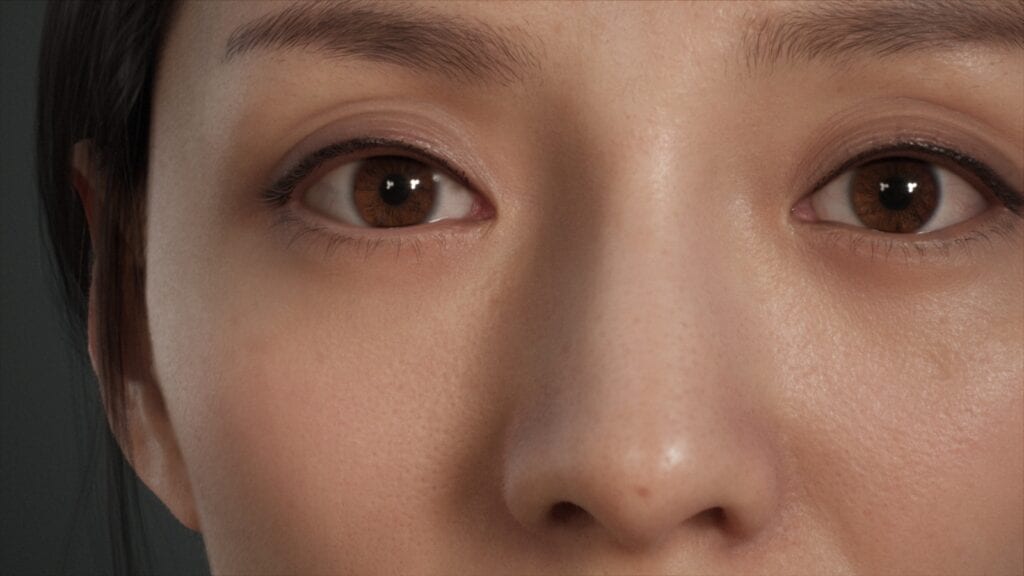Next Xbox and PlayStation 5 Focusing on Hyper-Realistic Animation, Cross-Play Features (VIDEO)

We’ve been seeing a bit more official discussion about next-generation consoles lately. Xbox boss Phil Spencer briefly touched on Xbox’s future near the tail end of their E3 2018 presentation saying they are architecting the next iteration of consoles. Sony Interactive CEO John Kodera claimed that the PlayStation 4 is nearing the end of its lifecycle claiming that the future sales of the console are an indication that new hardware is in the works at Sony. So we’ve heard a little bit from the guys who make the hardware, but all of these hints aren’t too substantial to warrant a ton of excitement. Luckily Epic has us covered with an unveiling of a new iteration of Unreal Engine: Unreal 4.20 (blaze it).
Kim Lebreri of Epic Games spoke with VentureBeat about how the new engine will thin the gap between pixelated and real.
From a code perspective, we have better skin shaders that now allow double specular hits for skin. Also, light can transmit through the backs of ears and the sides of the nose. You get better subsurface scattering realism. We also have this screen space indirect illumination for skin, which allows light to bounce off cheekbones and into eye sockets. It matches what happens in reality.”
Libreri added, “We showed a bunch of virtual production capabilities in the engine as well, cinematography inside a realtime world. The tool we showed, which was used to demonstrate a bunch of our GDC demos, is shipping with 4.20 as well as example content. You can drive an iPad with a virtual camera.
We’ve added new cinematic depth of field. It was built for the Reflections Star Wars demo. At this point we have the best depth of field in the industry. Not only is it accurate to what real cameras can do, it also deals gracefully with out-of-focus objects that are over a shot or in the background, which traditionally was a difficult thing in realtime engines. It’s also faster than the old circle depth of field we had before. It’s going to make games and cinematic content look way more realistic.”
The Epic Games dev also talked about advances in the engine, “We’ve seen games that were running at 30 being able to go to 60 because of the optimizations in the engine” To achieve these frame rates Kim talked about the demanding hardware needed, “Obviously [next generation] would be better. Right now, when we do the demos, to get them to run at 60 frames per second or at VR frame rates, we end up needing a pretty beefy graphics card to render all the hair. . Claiming as well that the uncanny valley will most certainly be crossed in the next generation in video games.”
It’s going to end up being not about your technical expertise to make these things. That technique will become ubiquitous over time. It’s got to be about telling an awesome story where people will want to watch that face get involved and do interesting things.”
While this all sounds very technically insurmountable for current developers, Lebreri did state that the toolset was much smoother and accessible, meaning more technically impressive indie games are achievable for a wider range of developers and that cross-play would be even easier to accomplish. So long as manufacturers are willing to work with their competitors to make that happen.
Are you ready for a new generation of consoles? Sound off with what you hope to see in the future generation in the comment section below! Be sure to follow us on Twitter for all updates on new hardware and keep it tuned to Don’t Feed The Gamers.
Colin Regan239 Posts
Colin is a freelance writer for DFTG with previous bylines at other media outlets such as Twinfinite.










